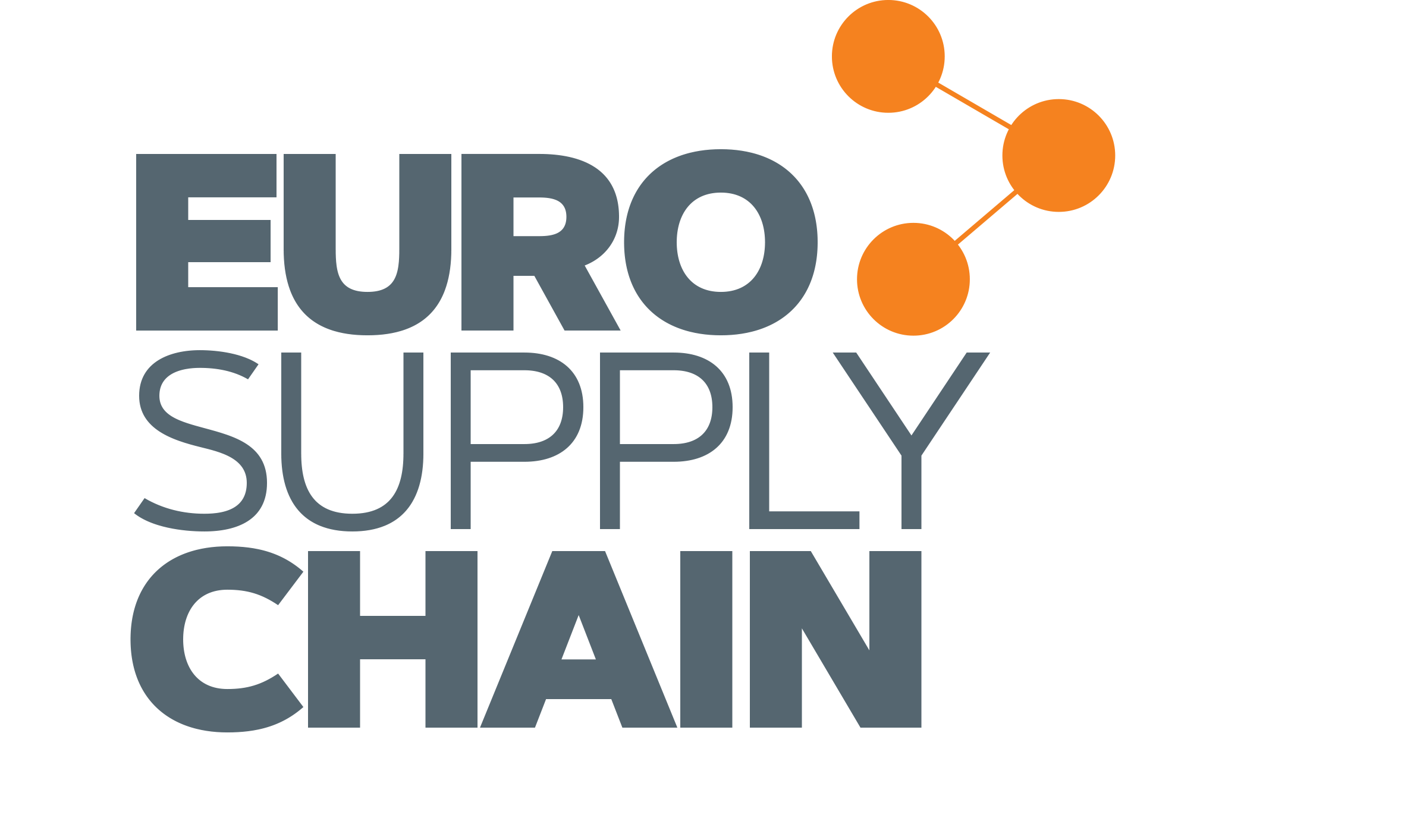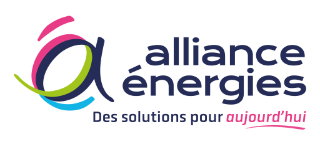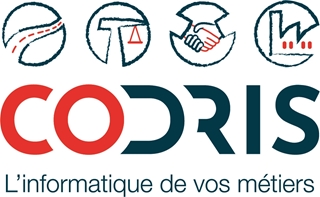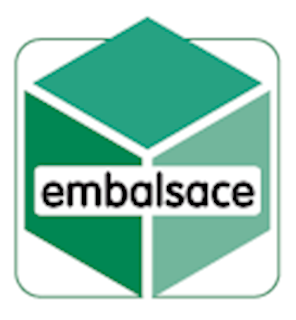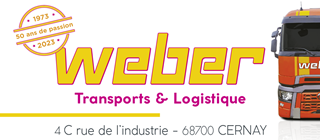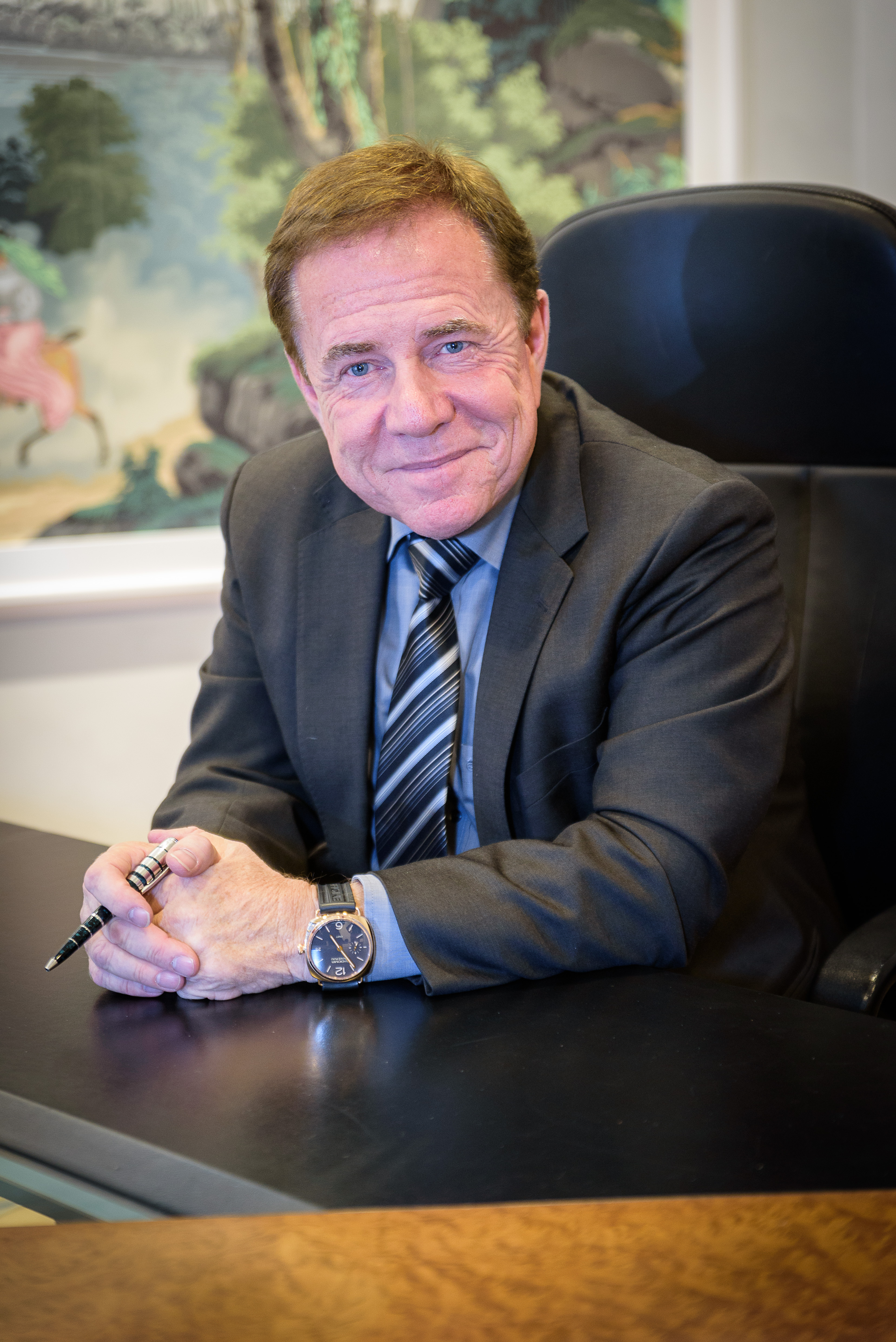
Gilbert Stimpflin
Pouvez-vous nous présenter votre structure ?
Euro Rhein Ports que je préside, est concessionnaire des trois ports du Sud Alsace, Ottmarsheim, Huningue-Village-Neuf et Ile-Napoléon.
Cette plateforme multimodale offre tous types de prestations, du transbordement au stockage de marchandises vrac et conteneurs destinés à l’import comme à l’export. Elle est aujourd’hui reliée directement aux ports d’Anvers et de Rotterdam par le Rhin et au port d’Anvers par une navette ferroviaire pour le transport de conteneurs. Nous souhaitons aussi dans les années à venir avoir une liaison directe fer avec nos amis d’Haropa et du Port de Marseille.
La forme juridique d’Euro Rhein Ports, une SEMOP est intéressante car elle mobilise toutes les forces économiques locales.
Son actionnaire majoritaire (51%) est le SMO (syndicat mixte ouvert) des Ports du Sud-Alsace qui réunit lui-même la CCI Alsace Métropole, la communauté d’agglomération de Mulhouse et celle de Saint-Louis, VNF et la Région Grand Est. Le second actionnaire (39%) est AlsaceTeam, l’opérateur économique des Ports dont le chef de file est Swissterminal (incluant DP World) et qui associe HAROPA port du Havre et le Grand Port Maritume de Marseille dans son capital. Enfin, la Caisse des dépôts est également actionnaire de la Semop à hauteur de 10%.
Pouvez-vous faire un état des lieux de la supply chain sur le territoire Alsacien ?
Le Sud Alsace est un noeud de communication sur un territoire industriel dynamique où le fret fluvial a toutes les qualités pour se développer : il est compétitif, moins cher que le train et beaucoup moins que la route. Il est aussi beaucoup plus rapide qu’on ne le pense : il ne faut que 72h pour rejoindre les ports d’Anvers ou de Rotterdam . Un industriel doit se poser la question de l’urgence de ses livraisons qui ne doivent pas toutes forcément arriver chez le client dans la journée ou le lendemain. Certes, le problème du fret fluvial, ce sont les basses eaux. Or le voilà résolu avec désormais un shuttle ferroviaire pour le transport de conteneurs qui dessert le port d’Anvers 3 fois par semaine.
Les modes de transport massifié que sont la barge ou le train ont une empreinte carbone moindre et s’inscrivent ainsi pleinement dans une politique de développement durable. Un convoi fluvial consomme par exemple 3 à 4 fois moins d’énergie que le transport routier et peut embarquer l’équivalent du chargement de 200 camions.
Pour quelles raisons soutenez-vous Euro Supply Chain ?
Situé au cœur de l’Europe et traversée par de grands corridors d’échanges, le Sud Alsace présente une multimodalité vivace, fortement appuyée :
- par un réseau ferroviaire inséré dans le système européen,
- une infrastructure fluviale majeure reliant la région aux grands ports maritimes de la Mer du Nord qui lui donnent une activité et une vocation de pré/post acheminements portuaires, donc intercontinentale
- ainsi que par l’un des plus importants aéroports de fret français.
Sa situation transfrontalière constitue un triangle d’or avec la Suisse et l’Allemagne, pays voisins avec lesquels les chambres de commerce ont constitué un réseau politico-économique.
De nos jours, il est vital pour une entreprise de posséder une supply chain efficace pour optimiser ses coûts de transport et gérer ses stocks…. la gestion de la supply chain, véritable colonne vertébrale de l'économie, est essentielle aux échanges commerciaux et au développement économique Son importance tient à la souplesse qu’elle apporte au fonctionnement des circuits marchands mais c’est également une activité économique en tant que telle, source de richesse et d’emplois.
Par ailleurs, la question du transport et de la logistique est devenue une des clés des politiques de développement durable, en particulier dans l’objectif de réduction des émissions de gaz à effet de serre, car ses activités figurent parmi les principaux émetteurs. L’objectif est d’améliorer la performance de la logistique au service de l’ économie, de promouvoir un accès fluide de l’offre à la demande pour une logistique durable, respectueuse de l’environnement, et faire ainsi de la logistique un système performant pour la compétitivité de notre territoire dans la concurrence internationale.
Cela implique une communication un échange d’informations entre les différents acteurs de la logistique. Or il n’existe que peu, voire pas de salons ou d’évènements rassemblant les acteurs de la logistique en Sud Alsace alors que nous avons des sujets locaux et des projets en local qu’il faut appréhender de manière très spécifique car ils nécessitent des réponses à l’échelle du territoire, ce qui donne une couleur et une importance sans précédent à ce salon.
Ce salon démontre l’ambition de notre territoire. Euro Rhein Ports et la CCI Alsace Métropole veulent y montrer la pertinence des modes de transport massifiés que sont le fluvial et le ferroviaire ainsi que l’attractivité de notre territoire. La preuve, nous avons de fortes demandes d’implantation d’industriels sur nos zones portuaires. Trois projets que je ne peux pas encore dévoiler ont un besoin de 7 à 10 ha de foncier.
Pour 2022, quelles sont les perspectives pour votre structure ?
Le grand projet d’avenir des ports de Mulhouse est l’hydrogène. L’Alsace et plus largement le Grand Est sont en train de bâtir un écosystème autour de l’hydrogène, une voie d’avenir pour décarboner l’industrie. Et tout près de Mulhouse, à Belfort, existe une communauté de recherche qui est un véritable nid de développement de l’hydrogène. Sur le territoire du Sud Alsace, plusieurs projets industriels émergent : l’électrolyseur du belge John Cockerill à Aspach-le-Haut soutenu par M2A avec l'Etat et la région Grand Est, est attendu en mai 2023. Linde à Chalampé va doubler sa production d'hydrogène en vue d'alimenter la future ligne de production de HMD de BASF sur le même site. Et des projets se font jour aussi en Allemagne frontalière. Fin février, Mulhouse Alsace Agglomération (m2A) va dévoiler son business plan H2, soutenu par l’Ademe, portant sur les projets de production, distribution et usages d'hydrogène décarboné.
Donc, tout se met en place localement et les ports de Mulhouse se sont déjà positionnés avec des projets à court terme de stations de distribution d’hydrogène sur sa plateforme multimodale. Cela suppose la circulation de péniches à hydrogène qui commencent à arriver sur le marché. Près de 30 millions d’euros vont être investis ces cinq prochaines années sur les infrastructures des ports. Le projet hydrogène se situe aussi dans une dynamique transfrontalière avec l’Allemagne et la Suisse.
